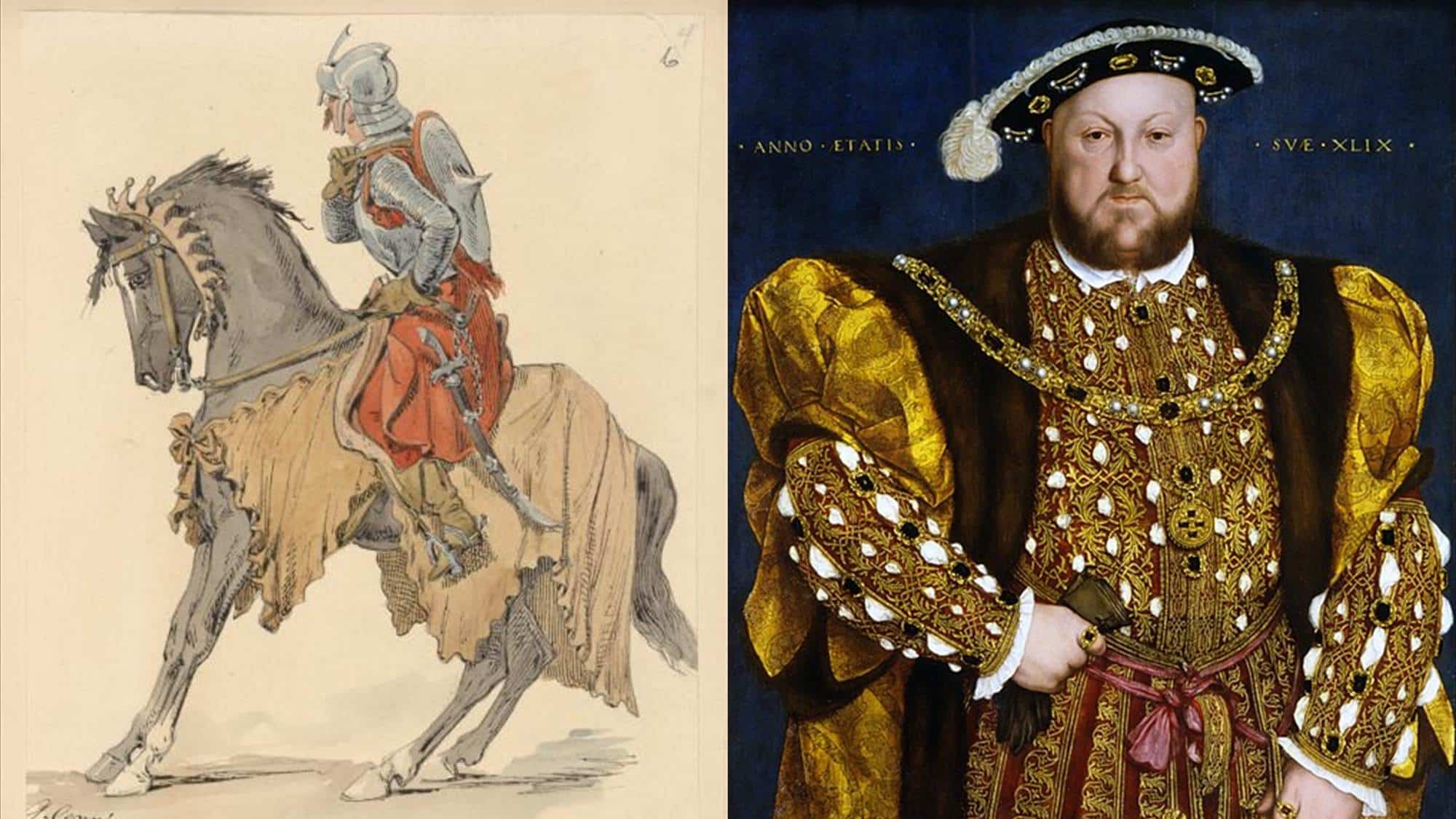

In one of history’s lesser-known but fascinating episodes, a Greek mercenary found himself at the head of a band of soldiers of fortune fighting for the king of England during the 16th century.
Thomas of Argos was a Greek mercenary captain of a unit of stratioti (Greek: στρατιώτες), elite light cavalry soldiers from the Balkans who made a living selling their services as warriors across Europe between the 15th and 18th centuries.
Thomas was accompanied by Nikandros Noukios, who recorded many of his exploits in battle in Scotland and France.
The stratioti (also spelled stradioti) were mostly of Greek and Albanian origin, although some also came from other parts of the Balkans.
Several scholars have theorized that the name for the unit was an Italian translation of a Byzantine Greek term that more generally referred to a soldier. This is feasible since the stratioti first arrived in Italy looking for employment during the early Renaissance after the fall of the Byzantine Empire.
Concerning their armament, the historian Nicholas C. J. Pappas comments that “The majority of sources indicate that they were armed with sabers, or one-edged swords, maces and a short lance with iron points on each end known as an arzagaye or assagaye.”
“Other sources indicate that they may have been armed with bows as well. They also seemed to have carried a type of eared dagger, which saw wide use in Italy,” continues Pappas.
Shields and lances are other commonly attested items in the armament of the stratioti. In later periods, they adopted gunpowder weapons too.
According to most sources, the stratioti wore little or no armor. When they did, they mostly appear to have chosen light linen armor or chainmail. Some sources describe them as wearing a mixture of Balkan and Turkish styles, although it is likely that they adopted more Western styles as they traveled and fought throughout Europe.
By the time Thomas of Argos was serving the king of England as a mercenary in the 16th century, it is quite possible that his troops had adopted some of the local northern European weaponry, armor, and clothing on an ad-hoc improvised basis.
The stratioti established a reputation in Europe for being among the best light cavalry units available to hire. They employed a range of tactics including hit-and-run, ambushes, feigned retreats, and other complex maneuvers to achieve their objectives. These tactics were developed by combining Byzantine and Ottoman military practices, as well as those of several Balkan countries.

In both of these depictions of stratioti, the soldiers can be seen wearing a distinctive style of hat that probably originated in Albania. Given the close association between the stratioti and this style of hat, it is likely that it was adopted by stratioti of various nationalities from Albanian mercenaries they may have mixed with in the same units. Credit: QaifarShqiptari / CC By-SA 4.0 Wikimedia Commons / Public Domain / Wikimedia Commons
During the 16th century, at least three Greek mercenary captains pledged their services to the king of England, Henry VIII. They were Thomas of Argos, Theodore Luchisi, and Antonios Stesinos.
Thomas was named the overall commander of the stratioti employed by Herny VIII at Calais in France. Most of the cavalrymen under his command appear to have been Greek mercenaries from the Peloponnese, but it is possible that some were also Hellenized Albanians or Greek-speaking soldiers from elsewhere in the Balkans.
Most of what we know about the Greek mercenary soldiers in Henry VIII’s army appears in the writings of Nikandros Noukois, a Greek from Corfu who ended up in England on a diplomatic mission sent by Venice.
We know from Nikandros that Thomas and the Greek mercenaries fought both the Scottish and the French for the English King. The stratioti took part in raids and incursions across the River Tweed that separates England and Scotland.
In one particularly colorful recollection, Nikandros recounts a speech given by Thomas of Argos to his men before they fought a numerically superior force of French troops at the Siege of Boulogne.
Thomas is recorded to have said: “Comrades, as you see we are in the extreme parts of the world, under the service of a King and a nation in the farthest north. And nothing we brought here from our country other than our courage and bravery. Thus, bravely we stand against our enemies because their numbers cannot match our virtue. We are children of the Greeks and we are not afraid of the barbarian horde. …. Therefore, courageous and orderly let us march to the enemy, … and let us prove with our action the famous since olden times virtue of the Greeks.”
Despite facing a force of about 1,000 French soldiers, with only 550 under his own command, Thomas was able to prevail in the battle. The Greeks ambushed the French at dawn as they came from Boulogne. The fighting was mostly at close range involving swords and lances.
360 French were slain whereas only 35 Greek mercenaries were killed. Thomas was himself wounded in battle. Henry VIII was immensely pleased and awarded the Greek mercenary captain an annual salary.
After the Siege of Boulogne concluded in 1546 with an English victory, Thomas and Nikandros parted ways. The former went back to England and the latter returned to Italy.
Without Nikandros present to record his exploits, it is not known for certain what became of Thomas. Some scholars think that a man called Thomas Bouas who was executed in 1546 by the French in Turin, was in fact Thomas of Argos, but there is no conclusive evidence that this was the case.
